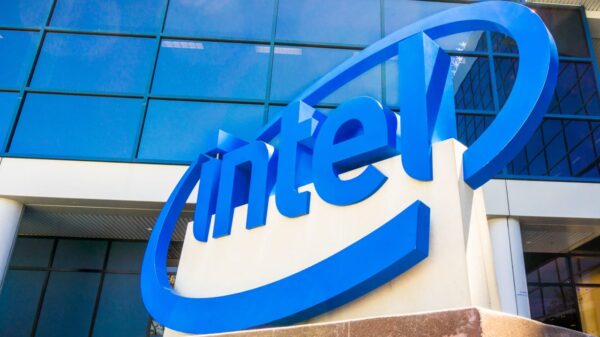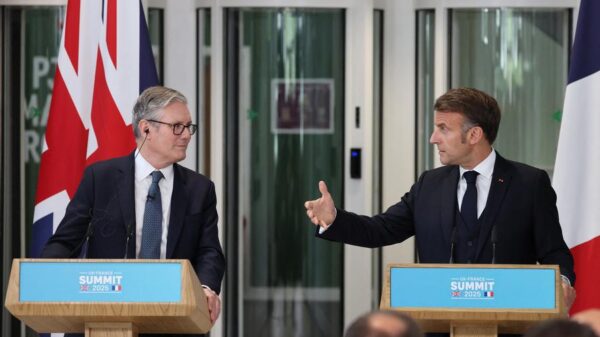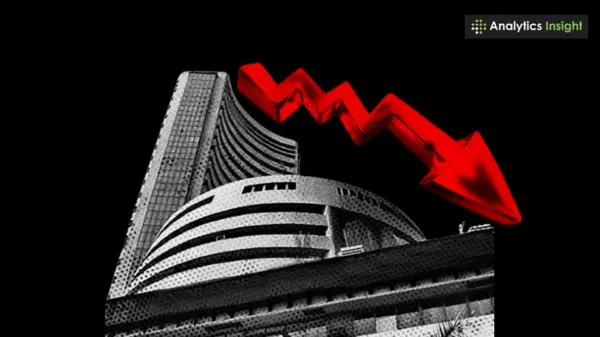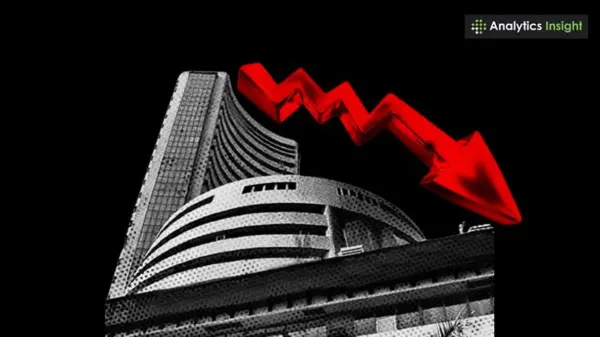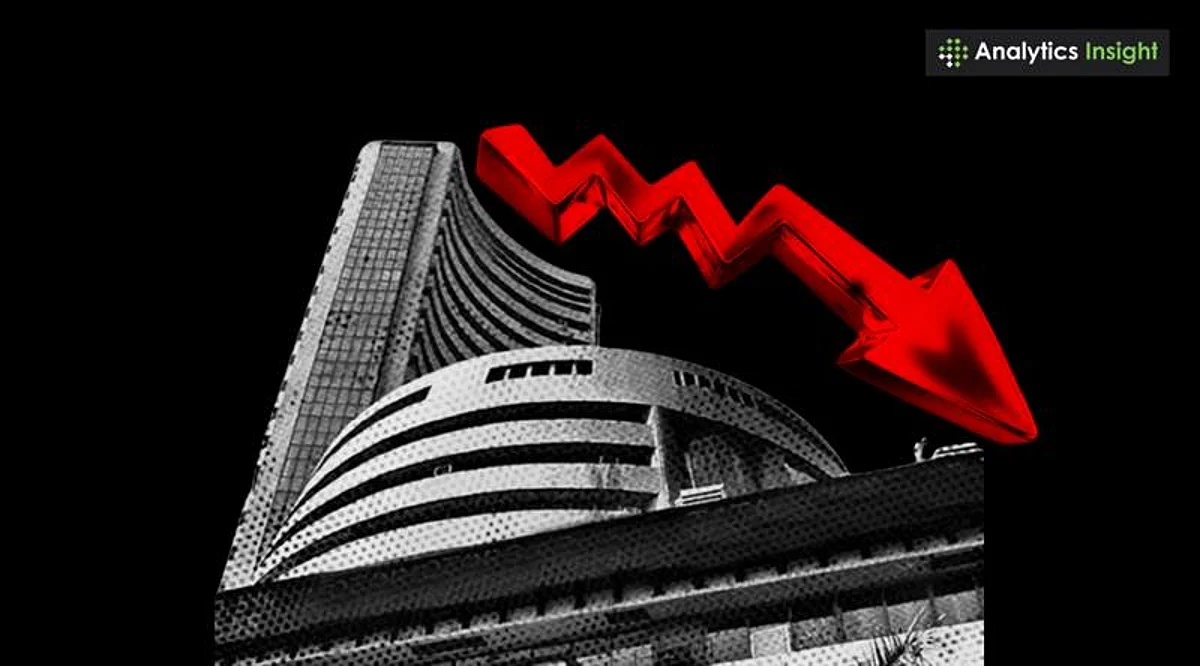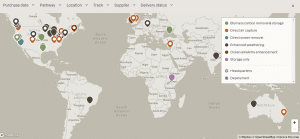The Indian stock market faced a significant setback on July 11, 2025, with the BSE Sensex closing at 82,508.89, down 681.39 points (0.82%). The Nifty 50 followed suit, settling at 25,155.70, a decline of 199.55 points (0.79%). This downturn was largely prompted by a disappointing start to the Q1 earnings season, particularly the lackluster performance reported by Tata Consultancy Services (TCS).
In the trading session, the Sensex initially opened at 82,820.76 but quickly fell to an intraday low of 82,451.50. The Nifty 50 also struggled, beginning at 25,255.50 before dipping to 25,136.75. The overall market capitalization of BSE-listed companies decreased by approximately Rs. 3 lakh crore, falling from Rs. 460 lakh crore to nearly Rs. 457 lakh crore.
Major Factors Behind the Decline
The selloff was widespread, affecting not just the large-cap stocks but also midcap and smallcap indices, leading to a substantial erosion of investor wealth. Key losses among the Nifty 50 components included TCS, which fell 3.28%, along with other notable declines from Apollo Hospitals (-2.41%), Wipro (-2.28%), and Bharti Airtel (-2.25%). Despite the overall negative sentiment, a few stocks displayed resilience, such as HUL (up 4.57%) and SBI Life Insurance (up 1.09%).
The distress in the market can be traced back to TCS’s earnings report, released on July 10. The IT giant reported a revenue of $7.42 billion for the June quarter, reflecting a 0.59% sequential decline and a 1.12% year-on-year drop. This performance did not meet market expectations, marking TCS’s third consecutive quarter of revenue decline and its worst Q1 performance since June 2020.
The market’s negative sentiment was exacerbated by renewed tariff threats from US President Donald Trump. On July 10, Trump announced a 35% tariff rate on goods imported from Canada, effective August 1, and hinted at higher baseline tariffs for other countries. These developments raised concerns about inflation and a potential global economic slowdown, making investors increasingly cautious.
Market Reactions and Future Outlook
The overall market decline reflects a shift in investor sentiment towards safer assets, such as gold and silver. The MCX Gold August 5 contract surged by nearly 1%, reaching an intraday high of Rs. 97,548 per 10 grams, while the MCX Silver September 5 contract hit a record high of Rs. 1,11,552 per kilogram.
Market analysts have noted that the current situation indicates overvaluation within the Indian stock market. Shibani Kurian, Senior Fund Manager and Head of Equity Research at Kotak Mahindra AMC, highlighted that the Nifty 50 trades at a price-to-earnings ratio of nearly 22 times estimated earnings for FY26, suggesting moderate returns in the near term.
VK Vijayakumar, Chief Investment Strategist at Geojit Investments, emphasized that the ongoing corrections in the broader market are necessary given its overvaluation compared to other emerging markets. The uncertainty surrounding tariff policies continues to cloud investor confidence, shifting focus from equities to traditional safe havens.
As the Q1 FY26 earnings season progresses, market participants will closely monitor upcoming corporate earnings reports for further insights. The convergence of domestic earnings performance and global trade dynamics will likely dictate market sentiment in the coming weeks.


